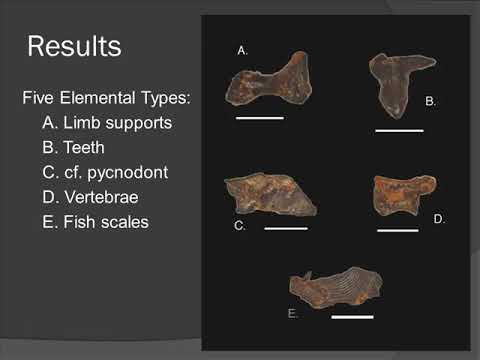Description:
Explore the composition and stratigraphic significance of bioclastic conglomerates at the Albian-Cenomanian boundary in the Western Interior Sea in this 21-minute Royal Tyrrell Museum Speaker Series talk. Delve into the geological setting, stratigraphic framework, and research objectives as presented by Chris Capobianco. Examine materials and methods used to study bioclastic horizons from various locations, including the western part of the Western Interior Sea, east central Alberta, and the Cold Lake area. Analyze results from thin section studies of the Judah bonebed and Cold Lake area samples. Compare findings to the Manitoba Escarpment's Van der Voort locality. Gain insights into the importance of these conglomerates for understanding ancient marine environments and geological time boundaries.

Bioclastic Conglomerates: Composition and Stratigraphic Significance
Add to list